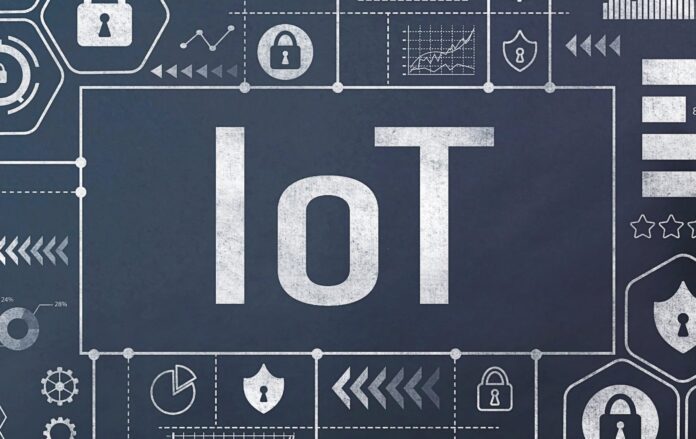Two thirds (67 percent) of enterprises want to see a return on their IoT investments (ROI) within 12 months of starting-out, and yet almost half (49 percent) reckon the biggest roadblock to ROI is long deployment times. Clearly something is up, says a survey of serious-minded enterprises by analyst house Omdia. The answer, it concludes, is that enterprises’ priorities and expectations are “misaligned”, and sometimes even wrong.
But some fine print, first; the survey is of 200-odd enterprises, all with operations in the US, and all with palpable ambitions (“planning or deploying”) to connect stuff and ‘things’, variously. Respondents to the survey are in five industrial disciplines, weighted evenly-enough: healthcare, life sciences, manufacturing, real estate (and construction), and retail. They are all, however, in positions of influence vis-a-vis their companies’ IoT deployments.
The findings are interesting. They make clear that – among this captive market, at least – momentum to connect IoT sensors to track and monitor assets is building; almost half (46 percent) are already in the early stages (exploring, planning, trialing) with IoT deployments, and most of the rest (more than half; 53 percent) are a way down the line already (active, expansive, completed). But this latter group will shift to 80 percent (of respondents) within two years.
More than this (if we are reading the graphs right), more than half (52 percent) already have more than 50,000 IoT devices deployed. Which shows the survey is of enterprises with potential for considerable IoT scale. In two years, the proportion with more than 50,000 IoT devices will be 70 percent, according to opinion; five percent expect to have deployed over one million IoT devices.
All told, Omdia’s note in an attendant white paper that the ROI expectations of these enterprises undermines the idea that “IoT projects are largely ‘white elephants’ or ‘money pits’”. Indeed, the view from large (serious-minded) enterprises is that IoT business is good business, and also big business, which will quickly scale. Omdia argues that the delta between expectations and planning is where the IoT story comes unstuck, and IoT deployments drag.
“Enterprises need to close the gap between expectations and decision-making priorities and take a more holistic approach to planning…. From vendor to technology choices, alignment at each project stage is critical for simple integration, quick deployment, and ongoing support,” it writes. The biggest error, it says, is to prioritise short-term functionality over long-term scalability. It sounds incongruous, but the point is future planning gets forgotten.
It writes: “[Validating] the technology works… comes at the expense of achieving scale in a timely fashion.” As well, there appears to be wrongheaded priorities with ROI, despite expectations for it being so high. Just six percent rank ROI as their number one priority in early planning, doubling to 12 percent in the latter stages; 38 percent in the early stages rank it top-three, compared to 55 percent in the latter stages.
Omdia says: “IoT decision-makers [need] to understand and work towards their ROI goals from the onset to improve their chances of obtaining the financial benefits when they want it.”
The survey, available here, is commissioned by US-based LoRaWAN provider MachineQ, part of Comcast. As such, there is focus on IoT connectivity tech, too – and the findings lean towards LoRaWAN, invariably, as the ‘most likely to succeed’. The data shows higher adoption of low-power wide-area (LPWA) technologies – up 45 percent over the next two years, compared to “decreasing trends” of six percent and 14 percent for “cellular and LAN technologies”.
So says the survey. The LoRaWAN blurb says: “Of the connectivity options, LoRaWAN showed the highest expected growth—more than doubling in two years from 14 percent to 30 percent— only rivaled by 5G in comparison. Survey results also show senior executives [most excited by] LoRaWAN – with the percentage more than tripling from 14% to 47% in two years, without showing similar eagerness for licensed technologies.”
It continues: “Sixty-three percent of LoRaWAN users are currently in the latter stages of their IoT journey, versus 52 percent of non-LoRaWAN users. In two years, the percentages increase to 93 percent and 78 percent, respectively. The ability to progress from one stage to the next looks promising for LoRaWAN users versus non-LoRaWAN users. The data indicates that LoRaWAN is top-of-mind for enterprises as they look for a scalable, serviceable, and simple solution.”
So says the survey.

